Ensuring the Safety of Airplane Ride on Toy for Kids
Airplane ride on toy is a source of boundless joy and adventure for children. These miniature aircraft let kids explore their imagination, pretending to be pilots soaring through the skies. While these toys provide hours of entertainment, safety is a paramount concern for parents. In this blog, we’ll delve into the world of ride on airplane and discuss the essential safety measures every parent should consider when choosing, using, and maintaining these delightful toys for their children.
The Appeal of Airplane Ride on Toy
Airplane ride on toy is not just playthings; it is a gateway to creativity, motor skill development, and exciting journeys of imagination. These toys offer several benefits.
Encourage Physical Activity: Airplane ride on toy gets children moving, helping them develop essential gross motor skills, balance, and coordination.
Fostering Imagination: Riding an airplane ride on toy allows kids to explore their creativity, develop role-playing skills, and engage in storytelling.
Social Interaction: The battery powered ride on airplane often encourage children to play together, promoting social interactions and cooperation.
Preparing for the Real World: For some children, the ride on airplane sparks a fascination with aviation, potentially inspiring future careers or hobbies related to aviation and travel.
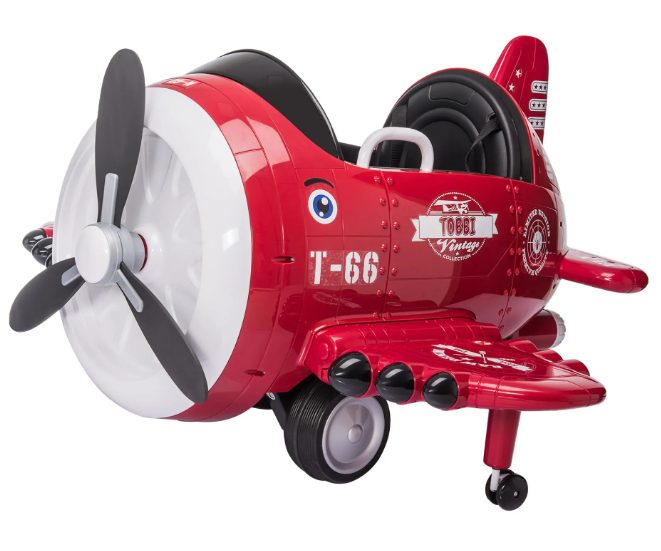
Safety Measures for Airplane Ride on Toy
Ensuring that your child has a safe and enjoyable experience with their airplane ride on toy requires careful consideration of several factors.
Age-Appropriate Models
Check Age Recommendations: Always begin by checking the manufacturer’s age recommendations for the airplane ride on toy. These recommendations are based on the toy’s design, complexity, and potential hazards. They are intended to ensure your child’s safety and enjoyment. A toy designed for a three-year-old, for instance, may have smaller parts that could pose a choking hazard for a younger child.
Size Matters: Consider the size and weight of the toy in relation to your child. A ride on airplane should be proportionate to your child’s size and strength. If it’s too large, your child may struggle to control it, potentially leading to accidents. On the other hand, a toy that is too small may not be suitable for older or taller children.
Sturdy Construction
Quality Materials: Opt for airplane ride on toy made from high-quality and durable materials. This ensures that the toy can withstand the wear and tear of regular play. Toys constructed from cheap or flimsy materials are more likely to break, leading to potential accidents. Look for materials that are non-toxic, resistant to damage, and easy to clean.
Stable Design: Examine the design of the battery powered airplane ride on to ensure it is stable and well-balanced. A stable design is crucial for preventing tipping, which can result in falls and injuries. The electric airplane ride on toy should have a low center of gravity and well-anchored wheels or supports. Some models have anti-tip features to enhance stability.
Safety Features
Smooth Edges: Inspect the toy for any sharp edges, rough surfaces, or protruding parts that could pose a risk of injury. Smooth edges and well-finished surfaces reduce the likelihood of accidental cuts or scratches.
Non-Toxic Materials: Confirm that the materials used in the ride on airplane are non-toxic and safe for children. This includes the paint and any other coatings. Non-toxic materials are essential, as children often explore toys with their mouths.
Secure Fastenings: If the airplane ride on toy has movable parts, such as propellers, wings, or other attachments, ensure that they are securely fastened. Loose or detachable parts can pose choking hazards or pinch little fingers. Some toys come with safety locks or mechanisms to prevent accidents.
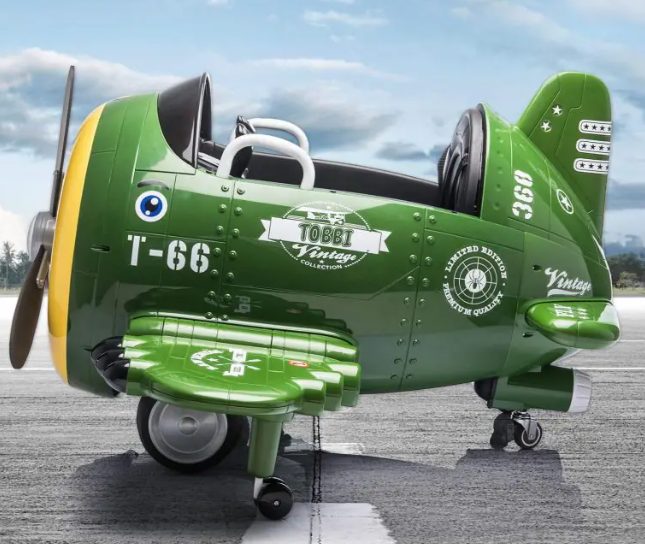
Supervision and Usage Guidelines
Supervise Play: Always supervise your child when they are playing with their airplane ride on toy, especially if they are young or new to the toy. Keep an eye on them to ensure they use it correctly and safely. Teach them how to ride and steer, and explain any safety rules.
Outdoor Use: Consider the location where your child will use the airplane ride on toy. Outdoor play areas should be free of obstacles, tripping hazards, and traffic. Be cautious about allowing your child to use the toy on steep inclines or near stairs, as these locations can increase the risk of accidents. Indoor use should also be conducted in a safe and uncluttered space.
Maintenance and Inspection
Regular Check-Ups: Periodically inspect the ride on airplane for signs of wear and tear, loose parts, or damage. This includes checking the wheels, axles, and any moving components. If you notice any issues, repair or replace them as needed. Routine checks can prevent accidents resulting from malfunctioning parts.
Keep It Clean: Regularly clean the airplane ride on toy to remove dirt, debris, and potential hazards. Cleanliness not only maintains the toy’s appearance but also ensures a hygienic play environment. Avoid using harsh chemicals that could be harmful to children; opt for mild, child-safe cleaning products.
Airplane ride on toy holds a special place in a child’s world of play and imagination. These toys offer a myriad of benefits while also teaching valuable life skills. However, safety should always be a top priority when choosing, using, and maintaining these toys. By adhering to age recommendations, ensuring sturdy construction, checking for safety features, providing supervision, and maintaining the toy, you can create a safe and enjoyable experience for your child as they embark on exciting adventures in their imaginary skies.
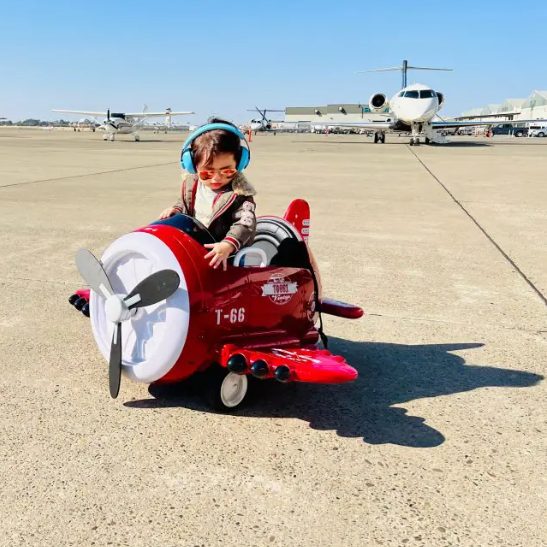


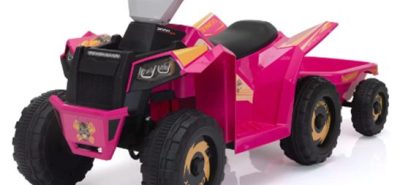

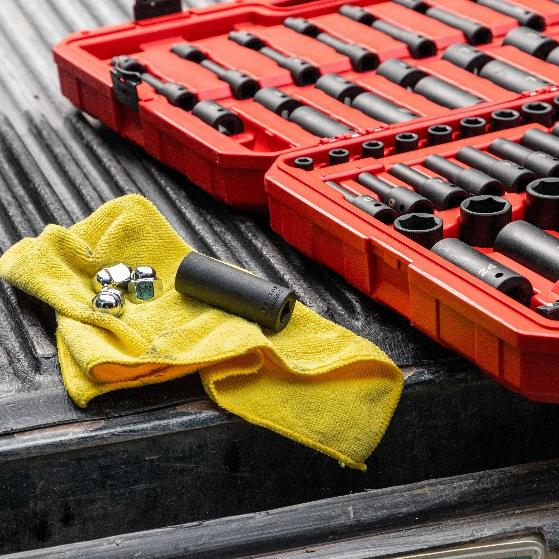
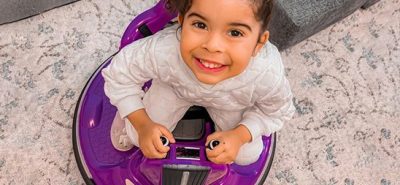
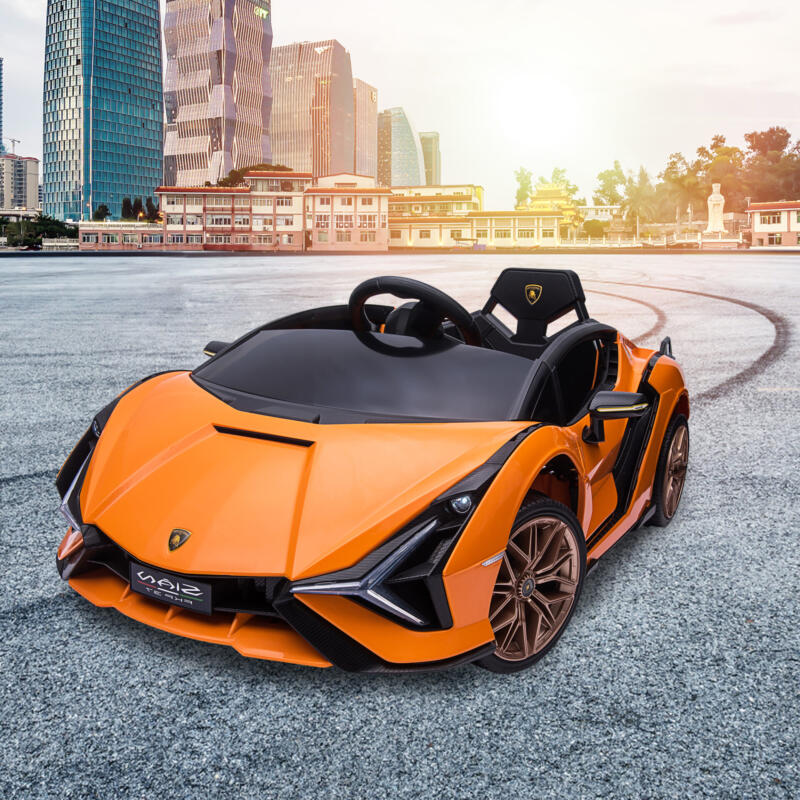
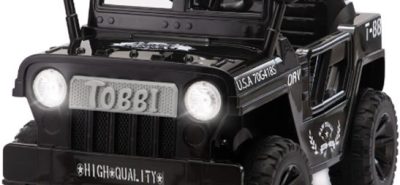
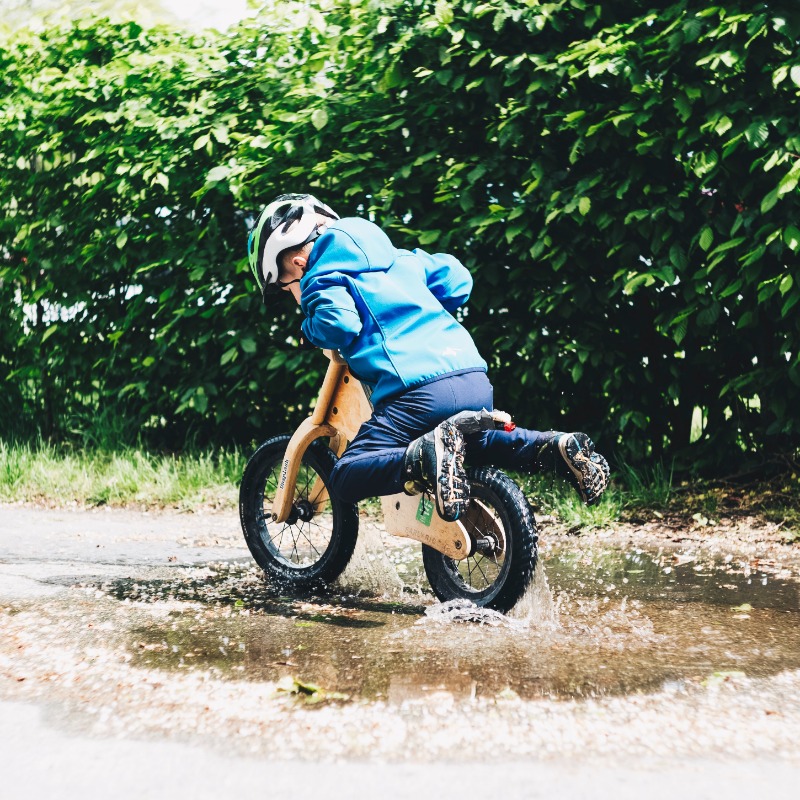
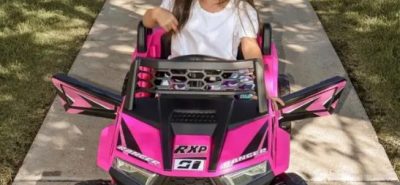
LEAVE A COMMENT
You must be logged in to post a comment.